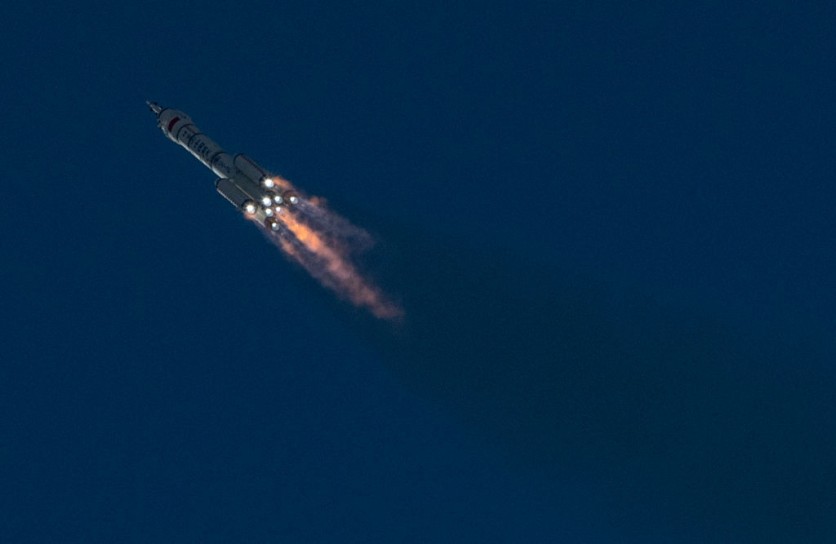China launched the world's first methane-fueled rocket last Wednesday, Dec. 14. It was supposed to be a historic moment until the rocket, unfortunately, failed to reach orbit.
Landspace, a Beijing-based company, constructed the Zhuque-2 rocket and launched the nation's first-ever methane-fueled orbital mission and China's first launch of a commercially produced liquid propellant rocket.
Zhuque was unable to enter its intended orbit and lost 14 satellites in the process, as reported first by Space.com.

Failed Sun-Synchronous Orbit
A number of commercial satellites were scheduled to be placed into sun-synchronous orbit during the launch, which took place on Wednesday at 3:30 am EST (0830 GMT) from China's Jiuquan Satellite Launch Center in the Gobi Desert.
Reports state that the rocket's second stage malfunctioned, rendering a failed mission and the loss of all satellites.
The Chinese space agency has not yet made a formal announcement regarding the launch. However, a video that circulated on Twitter appears to indicate that Zhuque-2 was unable to enter orbit due to a problem with the rocket's second stage.
According to SpaceNews, Landspace is already developing a second Zhuque-2 rocket, but it is not yet known when a new launch attempt would be undertaken.
But even if the rocket failed to enter orbit, Space.com notes that the mission continues to show how quickly China's space program is developing its national and commercial capabilities.
For 2022, China is on track to have 60 successful launches under its belt, and the T-shaped Tiangong space station was recently finished.
Read Also : First China-Made C919 Passenger Jet Finally Delivered-A New Milestone for Chinese Aviation!
Vermillion Bird-2
This launch attempt is the first by a privately developed liquid propellant launch vehicle in China.
A sun-synchronous orbit was the intended deployment location for the commercial satellites that Zhuque-2 was carrying.
According to Landspace, Zhuque-2, also known as "Vermillion Bird-2," is a gas generator-powered spacecraft that can carry 6,000 kilograms to a 200-kilometer low Earth orbit (LEO) or 4,000 kg to a 500-kilometer sun-synchronous orbit (SSO).
The rocket has the same diameter as several national Long March rockets, a length of 49.5 meters, a take-off mass of 219 tons, and a thrust output of 268 tons.
Methane rocket engine development has involved several engineering difficulties but promises the benefits of reusability, a feature that is seen to be revolutionizing the launch business, as per SpaceNews.
Additionally, the mission marked the first orbital launch of a methane-fueled rocket in history. Numerous launch vehicles are preparing for their own test launches, including SpaceX's Starship, Blue Origin's New Glenn, Terran 1 from Relativity Space, Rocket Lab's Neutron, and the ULA Vulcan.
Chinese private space companies have advanced this year as well thanks to an increase in the number of launch providers putting payloads into orbit on behalf of the publicly traded China Aerospace Science and Industry Corporation (CASIC).
Related Article : NASA Vs. China Space Race to Become Nuclear Competition! Here's What This Atomic Energy is Capable of

ⓒ 2025 TECHTIMES.com All rights reserved. Do not reproduce without permission.




